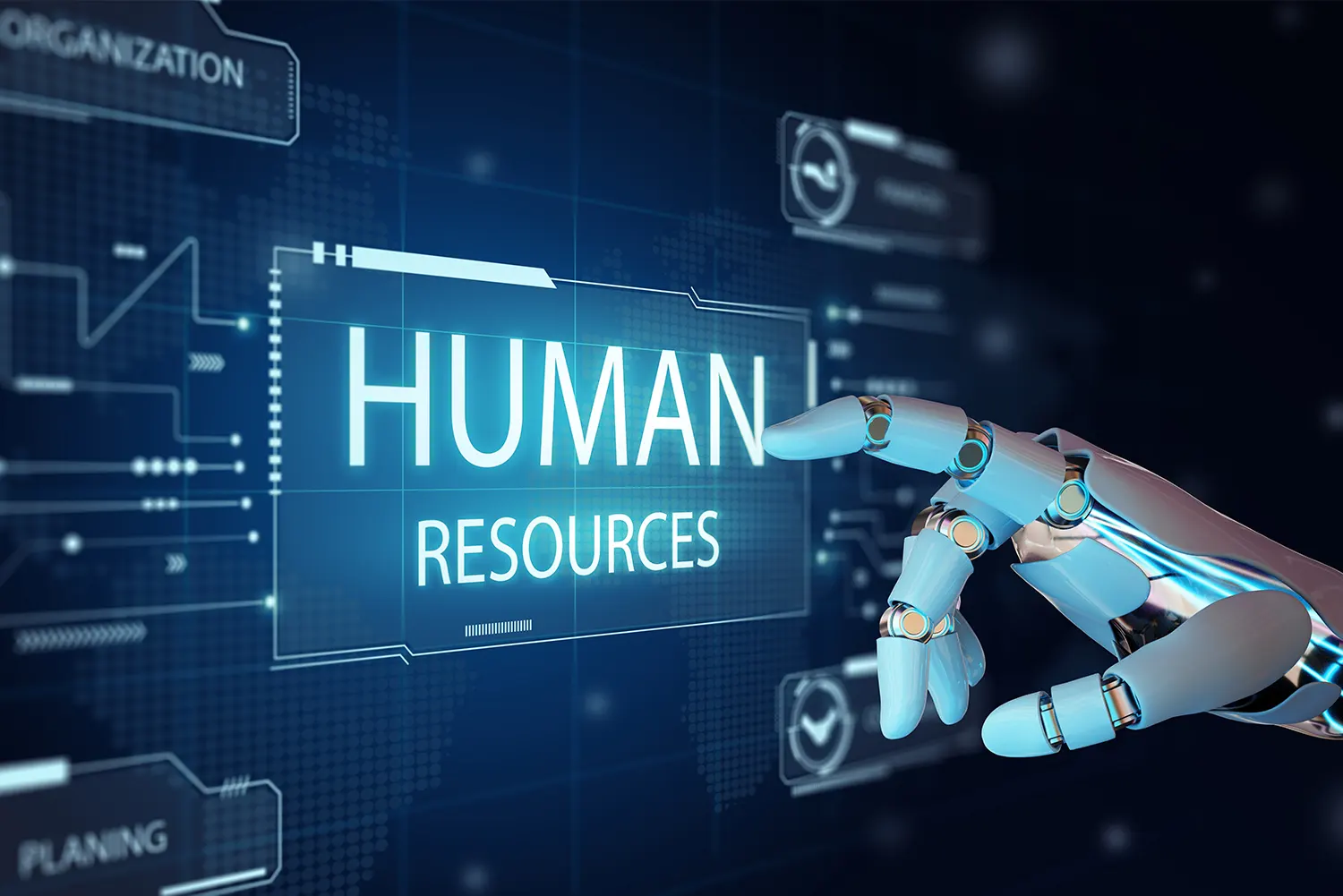Published on: March 6, 2025 at 7:58 am
Each company that leads its industry vertical is on top of the world—until it isn’t. Charles Darwin’s quote to explain the phenomenon of natural selection applies to the business world: “It is not the strongest of the species that survives, nor the most intelligent, but the one most responsive to change.”
For every Eastman Kodak, which infamously refused to change its film-oriented business plan and thus missed the boat on the digital-camera business and eventually went under, there are companies such as Google, Amazon, Netflix, and IBM that are nimble enough to adapt to the ever-changing competitive landscape and technological paradigm and stay relevant and profitable. Such examples have important lessons for business leaders and managers who must plan for disruptions and opportunities caused by new technologies such as AI.
Academy of Management Scholar Wendy Smith said that innovation requires senior leaders to have uncomfortable conversations questioning the foundation of their companies’ current business models.
After then-competitors such as General Magic (now defunct) and Compaq Computer Corp. (acquired by HP in 2002) formed business plans based on the recently coined term cloud computing in the mid-1990s, IBM executives began exploring the potential of cloud technology to transform business operations via flexible, scalable products, services, and platforms. In the early days, IBM assigned personnel with experience in providing enterprise IT services to specialize in cloud-based solutions.
Those efforts culminated in 2007, when IBM officially launched its cloud computing division. That same year, the company also partnered with Google and six prestigious U.S. universities to launch a server farm to support research projects in need of fast processors to parse gigantic data sets. However, those successes weren’t a fait accompli; they required making tough decisions about conflicting business models and go-to-market strategies that had a chance to backfire.
“They had to innovate, but they also had millions and millions of dollars invested in their existing relationships with their current clients and their current technology,” Smith said. “They knew they needed to innovate, yet to do so while continuing to manage their existing products—to change the tire while still driving down the highway.”
Smith noted that embracing paradoxes with both/and thinking is critical for leadership in our fast-paced world.
“The best leaders are able to hold both the past, present, and the future—yesterday, today, and tomorrow—the short term and the long term, the existing world and the innovation, and hold them in their mind simultaneously and commit to both at the same time, and that’s what we refer to as paradox mindset,” she said.












